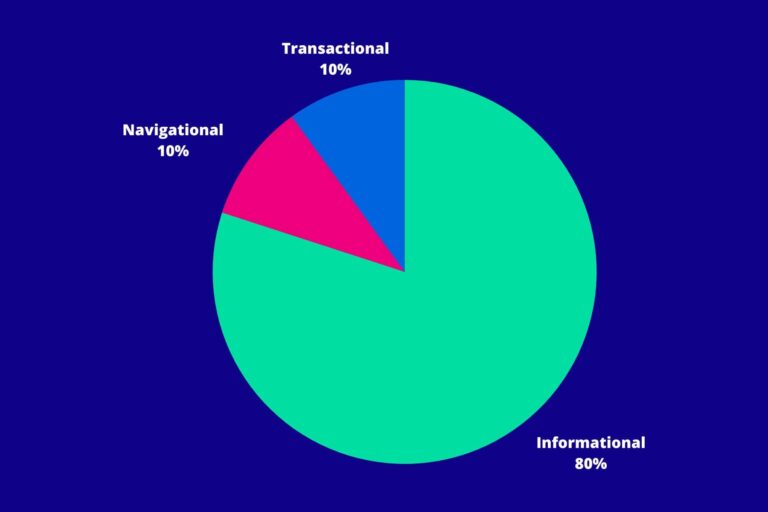Why user intent is fundamental for SEO and content marketing
We’ve had countless discussions with customers about writing about their products or services is an issue. They have their product and it’s features in mind. But is that what your potential customers are looking for?
In search engine optimization (SEO) and content marketing, understanding and addressing user intent has become more crucial than ever before. Gone are the days when focusing exclusively on keywords could guarantee online success. Today, search engines aim to provide the most relevant and valuable results to users, making user intent a fundamental aspect of SEO and content marketing strategies. In this blog, we will explore why user intent is essential and how it can significantly impact your online presence.
What is user intent or search intent?
Let’s start with a definition, so we’re aligned about that at leas. User intent (or search intent) refers to the underlying goal or purpose behind a user’s search query. It includes the specific information or action a user intends to find or accomplish during their search. Understanding this user intent allows marketers to tailor their content to meet the needs of their target audience effectively. We can’t emphasize enough that the focus here is on the user’s challenges or problems, NOT on your product or its features.
Shift from keywords to topics
In the past, SEO revolved around keyword optimization. However, search engines now focus more on context and meaning rather than on individual keywords. If you really understand user intent, you can shift your strategy from targeting specific keywords to addressing broader topics. This shift allows you to create comprehensive content that covers various aspects of a topic, making your content more valuable to users and search engines alike. This fits well with a pillar content strategy.
More relevance and engagement
Really understanding user intent enables you to deliver more relevant content to your audience. When a user finds what they are looking for, they are more likely to engage with your content. They’ll spend more time on your website and explore more of what you have to offer. The increased engagement can lead to better metrics, like more page views and higher conversion rates. Those are metrics that can help you close more deals and increase your marketing ROI.
Content for different intent types
There are three types of user intent:
- informational
- navigational
- transactional
Each type represents a different stage in the user’s journey, and they each require a tailored approach. If you recognize these intent types, you can create content that matches your user’s needs. Let’s say the intent is to look for information on a topic. Then you could provide them with the information they are looking for in your content. If they are conducting research before making a decision, then create content that helps them along with their research.
There’s been research on search intent types that we want to share with you. The image below shows a breakdown of the amount of searches by intent types. By far the most common type is informational, yet so many companies seem to focus their SEO and content efforts almost exclusively on the transactional type. Time to switch it up!

Building authority and expertise
Creating content that aligns with user intent not only improves your visibility in search results but also helps you establish authority and expertise in your industry. When users consistently find valuable and reliable information on your website, they are more likely to view you as a trusted source. This trust can lead to increased brand awareness, loyalty, and even potential partnerships or collaborations.
Voice search
With the rise of voice assistants and smart devices, the way users search has significantly changed. Voice searches tend to be more conversational and often express a specific intent. Optimizing your content to match conversational queries and long-tail keywords can help you capture the growing voice search market and improve your visibility.
Understanding and addressing user intent is no longer optional in today’s world of SEO and content marketing. Focusing on user intent helps provide more relevant, valuable, and engaging content. This approach not only improves your search engine rankings but also enhances user satisfaction and builds your brand’s credibility. So incorporate user intent into your SEO and content marketing strategies. Soon you’ll witness the positive impact it has on your online presence and the ROI it’s generating for your organization.
Create your content marketing strategy
Download our whitepaper and start building a content marketing strategy tailored to your organization.






